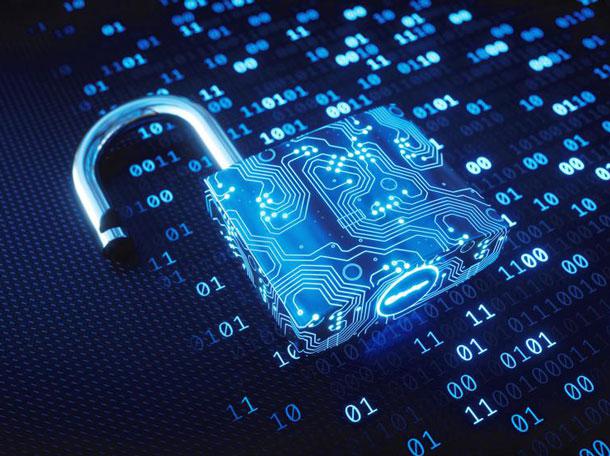The old-school mindset – that the IT department exerts control and dispenses access on an as-needed basis – is still around, and it makes sense that it endures through the future. For someone, like me, who has been in the industry for quite some time, it’s completely reasonable to have concerns about doing what feels like throwing the doors open and letting people do whatever they want, no matter what disaster they might be setting the company up for.
Technology, after all, is moving fast. Perhaps ironically, cybersecurity threats are even more dangerous, and far more numerous, than back when it was IT’s prerogative to lock down everything.
But the truth is that in today’s enterprise computing environment, trying to exert undue control over things like access in the name of security – no matter how well-intentioned – can sometimes work at cross purposes with establishing that security.
Forcing employees to go in and out through VPNs with multiple logins only encourages them to find creative ways to circumvent the protocol; ways that can open up vulnerabilities IT isn’t aware of.
Old-fashioned, protracted device checkout policies turn into practical impossibilities that everyone ends up ignoring.
While this paradigm shift makes it sound like we’re living in a whole different technological world than we were 20 years ago, some things are strikingly similar to how they were in the formative days of enterprise computing.
Companies still struggle with understanding the following issues that appear profoundly simple:
- How many assets do they have?
- Where do they reside?
- Which applications are being used?
- Who is using them?
Patching endpoints remains the problem child of IT. This is made ever more onerous by the heterogeneity of environments and is exacerbated by cloud and mobile computing.
These are problems that, for all our advancements in capability, we should have tackled by now. Instead we have been piling on new complexities without first addressing these foundational issues – which continue to compromise our networks and render ever-more sensitive and critical data insecure.
There is hope, though, for the future of cybersecurity. With IT certifications, like those offered by CompTIA, we can finally reach a point where we’re building our IT and cybersecurity postures on a solid foundation. Rather than dressing up the same old problems in fancier clothes and continuing to trip over them, we can leverage technological advancements like cloud and mobile safely, securely and effectively – in ways we never imagined.
CompTIA: Setting the Standard in 2020
2020 promises to be another fascinating year in technology. More enterprises will undertake digital transformation efforts to streamline their operations. More small and medium-sized businesses (SMBs) will leverage new, cutting-edge tools to bring the ideas in their imaginations onto the screen and into the world. More hackers will find new ways to defraud, extort and infiltrate, and more cybersecurity pros will find ways to frustrate, diffuse and defeat their efforts.
More change is coming, but regardless of where the field goes or how it invariably surprises, CompTIA certifications will act as a bedrock to make sure that IT pros, no matter how long they have been at it, have the knowledge, talent and ability to handle the tasks at hand.
CompTIA certifications provide, from the entry-level up to the most technically sophisticated cybersecurity careers, benchmarks to confirm that the knowledge a certified IT pro holds is the knowledge that a cross-section of employers at all levels of the field demand. So, with a stable of CompTIA-certified IT pros, any new challenge will already look familiar and manageable.
As we continue on into 2020, we’ll be exploring even further the new ways of thinking necessary for IT to keep pace in the new technological world, and how CompTIA’s vendor-neutral certifications will continue to support that thinking. Happy New Year, and get ready!
